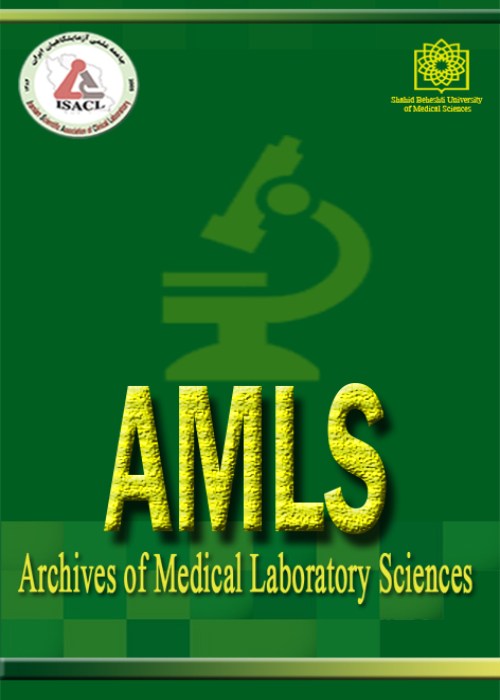Central Catheter Infection in Patients on Acute and Chronic Hemodialysis: A Cross Sectional Study
The most common complication of central venous catheter (CVC) in hemodialysis (HD) is infection. Identifying CVC- related infection (CVC-RI) risk factors and causative micro - organisms is essential for setting prevention policies. This study aims to determine the prevalence of CVCRIs and identify any associated risk factors among these patients.
We conducted a cross-sectional study from 2017 to 2018 to determine the prevalence of central catheter - related infections among all adult patients on both acute and chronic hemodialysis who had central catheters in place at a tertiary care hospital in Qazvin City. Data on demographics, comorbidities, dialysis duration, catheter - related complications, catheter removal, dialysis details (frequency, duration), catheter insertion site, and any history of central catheter - related infections were collected from medical records. A central catheter - related infection is defined as a positive blood culture obtained from a central venous catheter tip or any other related site (e.g., tunnel, exit site) with clinical signs of infection such as fever, chills, or localized pain and tenderness. Micro - organisms isolated from cultures of CVC, catheter tips, and blood cultures were identified. Chi-square and t-test were performed to compare demographic and clinical variables.P < 0.05 was considered statistically significant.
171 patients (214 hospital admissions) enrolled in the study. Of these hospital admissions, 91 (42.5%) had CVC-RI. There was no significant relationship between CVC-RI and age, gender, body mass index (BMI), marital status, education, residency, comorbidities, addiction, and etiology of kidney failure. Variables such as smoking (p = 0.012), catheter type (p = 0.031), CVC location (p = 0.026), emergency catheter placement (p = 0.005), previous catheter history (p = 0.004), and number of previous catheter (p = 0.006), previous catheter infection history (p = 0.002), and antibiotic use in the recent month (p = 0.001) were associated with an increased CVC-RI. Of the positive blood cultures, the majority were gram - positive bacteria.
CVC-RI in HD is high and smoking, CVC location, number of previous catheters and their infection history, and antibiotic use in the recent month are risk factors related to CVC-RI. Education on proper hygiene for the prevention of CVC-RI is essential for patients that had no previous intravascular line. Staphylococcus aureus must be taken into account for empirical therapy.
- حق عضویت دریافتی صرف حمایت از نشریات عضو و نگهداری، تکمیل و توسعه مگیران میشود.
- پرداخت حق اشتراک و دانلود مقالات اجازه بازنشر آن در سایر رسانههای چاپی و دیجیتال را به کاربر نمیدهد.



